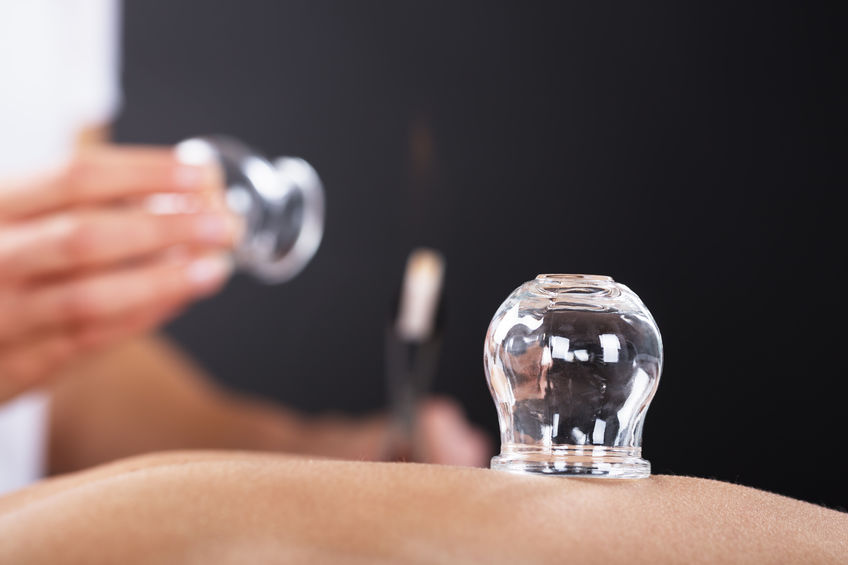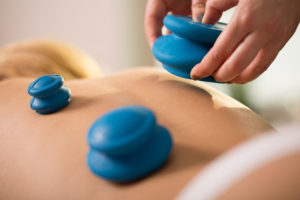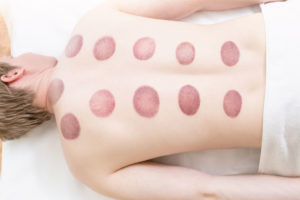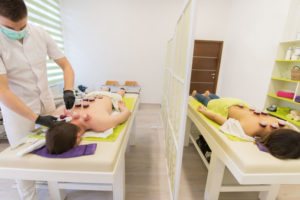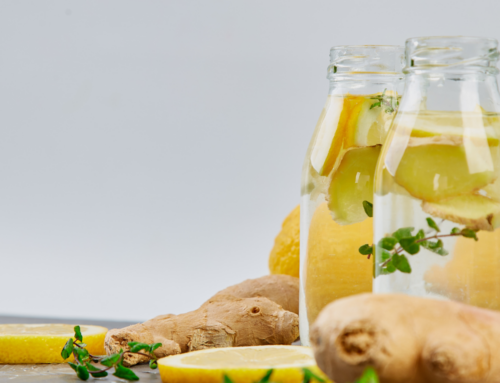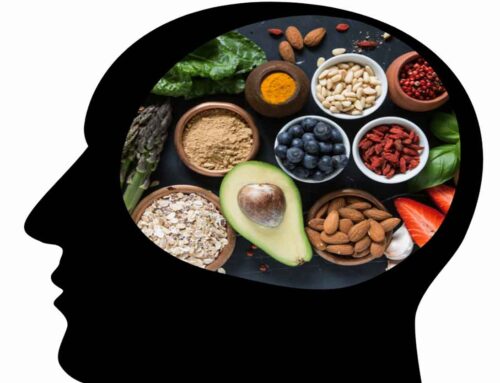Over the last decade a “new” therapy has become increasingly popular, Cupping. It has especially been a topic of discussion during past Olympic Games, as many athletes were seen with Cupping bruises. While many are just now learning about this therapy technique, it is actually not a new thing. Cupping can actually be traced back to ancient Chinese, Egyptian, and Middle Eastern cultures. In medical books, cupping is described as one of the oldest techniques in the world, has been used by Egyptians as early as 1550 B.C.
So what is Cupping Therapy?
As it is probably obvious, the therapy involves using cups. These cups can be made from glass, bamboo, earthware, or silicone. A therapist will place these cups on the skin and then applies suction, which draws the tissue into the cups.
What are the benefits?
- There are many benefits to Cupping therapy, that includes:
- Alleviating Pain
- Reducing Muscle Tightness
- Increasing a Limited Range of Motion
- Increasing Oxygen in Local Areas from Increased Local Blood Flow
- Reducing Inflammation
- Increasing Blood Flow
Cupping Bruises:
As mentioned earlier, the Cupping process can leave circular bruises on the body. These bruises were seen on Olympians in the past. Like professional swimmer Michael Phelps, who used cupping therapy during the 2016 Olympics. His bruises were visible on camera. This drew attention and comments on social media. This lead many people to learn more about Cupping therapy.
Even though Cupping leaves bruises on the body, they will usually go away in 7 to 10 days.
Removing the Stagnation
There is an old Chinese quote that states: “Where there is Stagnation, there will be pain. Remove the Stagnation, and you
remove the pain”. This is exactly what cupping is trying to address; by removing the obstruction it encourages the body to heal and regenerate.
It is a common worry that using a cup as a vacuum on the skin with be a painful experience, however the sensation could be compared to a friendly octopus. It feels like light to medium pressure on the skin. Cupping therapy is very safe and any adverse events are rare and usually range from mild to moderate. Side-effects could involve feeling dizzy, nauseous, or sensitive around the area that was treated.
When and When Not to Cup:
Should be noted that Cupping is generally considered off-limits for people with organ failure, cancer patients, people with pacemakers, or individuals who are suffering from hemophilia or similar conditions. It is not recommended to engage in Cupping therapy if you have a sunburn, an infection, or an open wound. If you are pregnant then you should avoid using cups on your abdomen or lower back.
Cupping can be used as a form of treatment for many different problems or can be a valuable alternative to people from all walks of life. If you’re experiencing musculoskeletal pain and tightness, are an athlete who trained a little too hard, or an executive in need of stress relief, cupping may optimize athletic performance, speed up recovery, stretch muscles and connective tissue, improve overall wellbeing and so much more.


